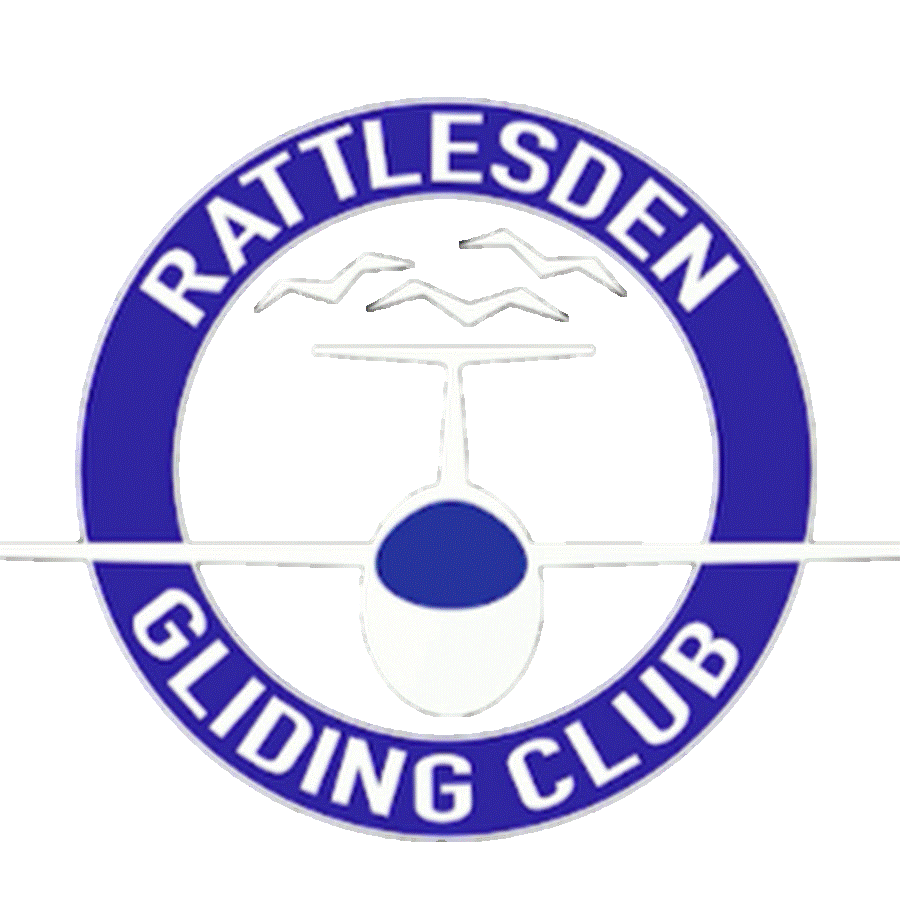
Go Gliding
Are you looking for something completely different, but also affordable? Once you experience the thrill of flying silently like a bird, you'll be hooked on this beautiful and exciting sport. Gliders are capable of flying hundreds of kilometres for hours at a time. Using rising air in naturally occurring thermals, ridge or wave lift you too could soar 10,000 feet or more above the ground!
Gliding offers:
-
Excitement and tranquility
-
A new challenge and new friends
-
An achievement path
-
The opportunity to learn about flight and meteorology
-
A unique club experience
-
A leisurely, but productive sport
-
One of the cheapest approach to learn to fly fixed wing aircraft.
The British Gliding Association Glide Britain, with support from Rattlesden Gliding Club, have produced this excellent video to showcase what gliding is all about.

How Does a Glider Work?
A glider flies like any other plane. The wings provide lift to keep it airborne and the control surfaces (ailerons, elevator and rudder) allows the pilot to turn, descend or climb high above the ground.
However, unlike other planes, gliders don't have engines - they are constantly descending in order to maintain speed and airflow over the wing to produce lift. This is similar to how a bike free wheels down a hill. If the glider continues to descend, eventually it will need to land either at an airfield or in a suitable, safe field. The skill of the glider pilot is to harness the natural environment, finding and flying within rising air to gain height before heading off to find another source of lift.
Going Up - How do we stay in the air?
Gliders use naturally occurring rising currents of air (also called 'lift') to climb thousands of feet for many hours at a time. As long as the air is rising faster than the glider is descending, the glider will go up. It can be easy to find lift, but it can take a lifetime to master - finding the best lift will allow you to fly further and faster.
In the beautiful Suffolk countryside we encounter thermals and occasionally a sea breeze. Other gliding clubs in the UK, especially those around Wales & Scotland, are lucky to have ridge or even wave lift.

As the sun heats the ground a bubble of warm, often moist air forms. This bubble of air starts to rise in the cooler air that surrounds it. As the warm air rises, it cools until it forms a cumulus cloud. The glider pilot uses this cloud as an indication of where to find thermals and will circle in the rising bubbles of air to be carried to greater heights.

Air above the sea is often cooler and denser than air above the land. When the temperature difference is enough, the air near the coast will tend to flow inland, forcing the warmer, less dense air upwards. Gliders can use this line of rising air to travel many miles.

When the wind blows against the ridge of a hill, the air is forced upwards over the ridge. The glider pilot will fly along the ridge, following the path of rising air and gaining height as they go.

As the wind blows against large mountains, a standing wave of rising and descending air can form on the downwind side of the mountain. The upwards movement of air can be very strong, rising to 10,000's of feet. Wave lift is often marked by lenticular clouds.
Launch Methods
For a glider to soar in lift, it must first get into the air. Whilst there are many different ways to get a glider into the air, Rattlesden Gliding Club is able to launch gliders using the two most common methods in the UK.

Winching is an exciting way to launch a glider. Our V8 LPG-powered winch houses a reel of strong cable that runs the entire length of the runway and is connected to the glider. By puling in the cable at speed the winch driver will quickly accelerate the glider which pulls up into a steep climb.
Winching is a quick and inexpensive method to launch gliders to a height of around 1500ft. Great for circuit practice but it may not result in a very long flight unless a thermal can be found quickly!

The glider is towed into the air by another powered aircraft. Much higher heights can be achieved when compared to the winch, with gliders most commonly releasing between 2000ft to 4000ft and often directly into a good thermal!
Aerotows are more reliable for gliders seeking a longer duration flight and are often useful for new pilots to experience more 'stick' time on the controls. The extra height on an aerotow can increase your chance of finding thermals perfect for a cross-country flight!
Gliding Misconceptions
The British Gliding Associations Glide Britain have asked glider pilots from across the country the most common myths and tales they hear about gliding:
